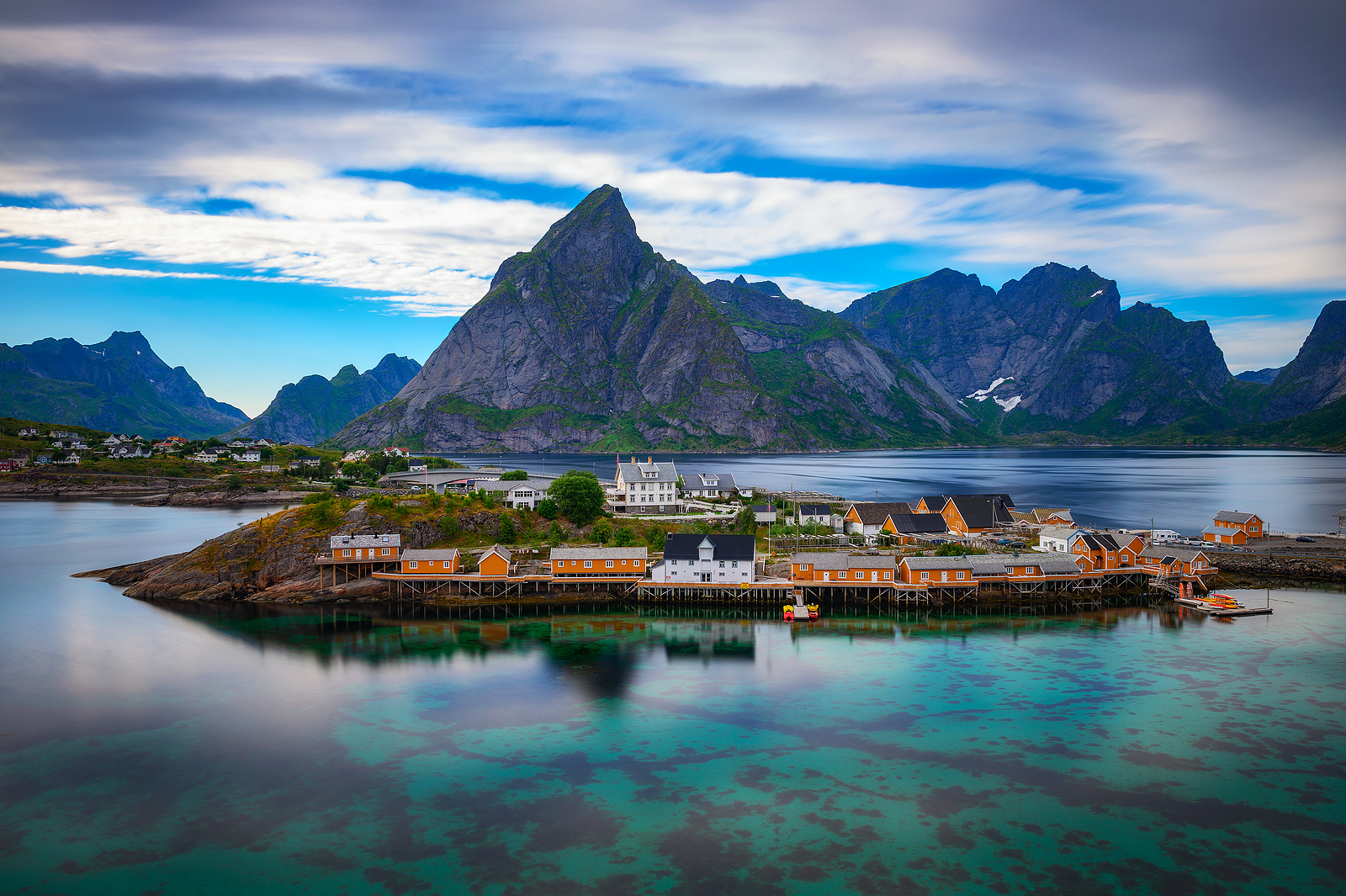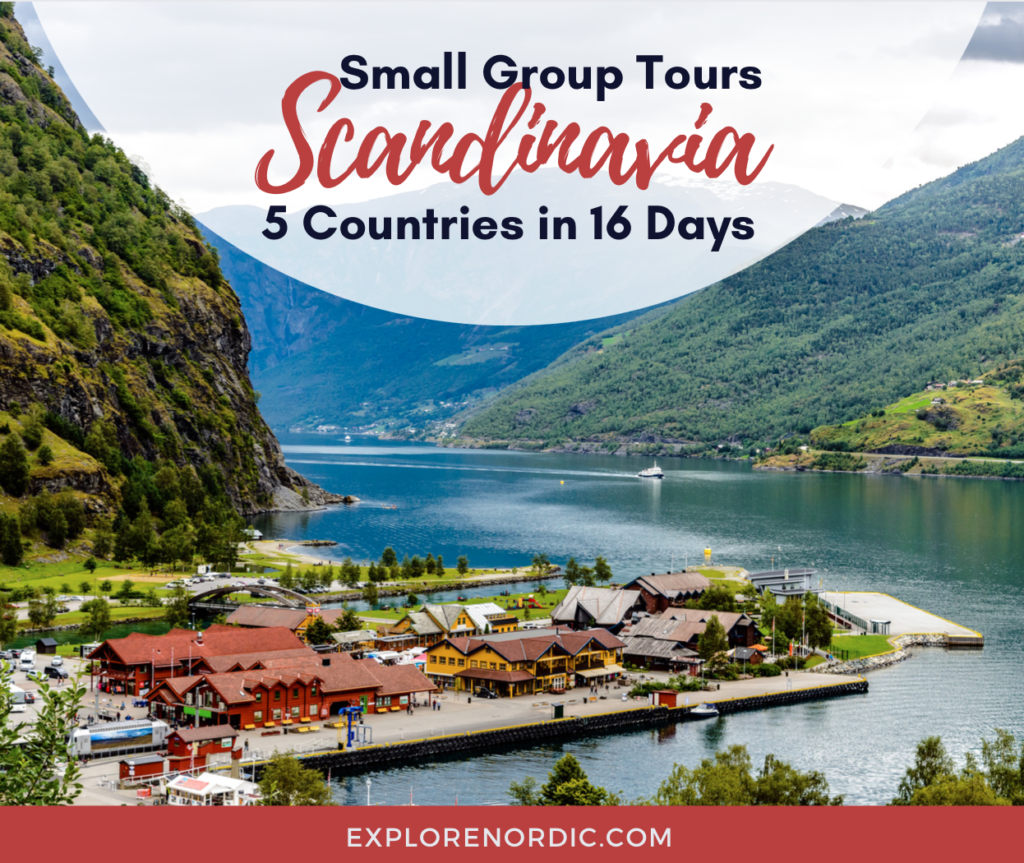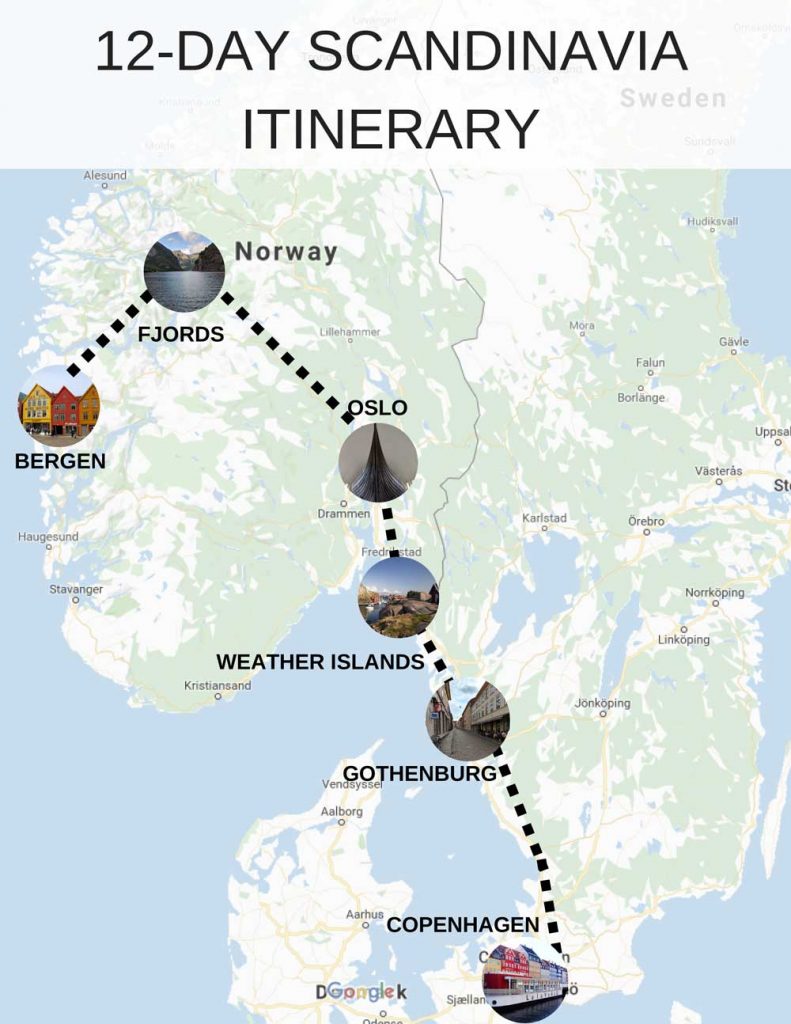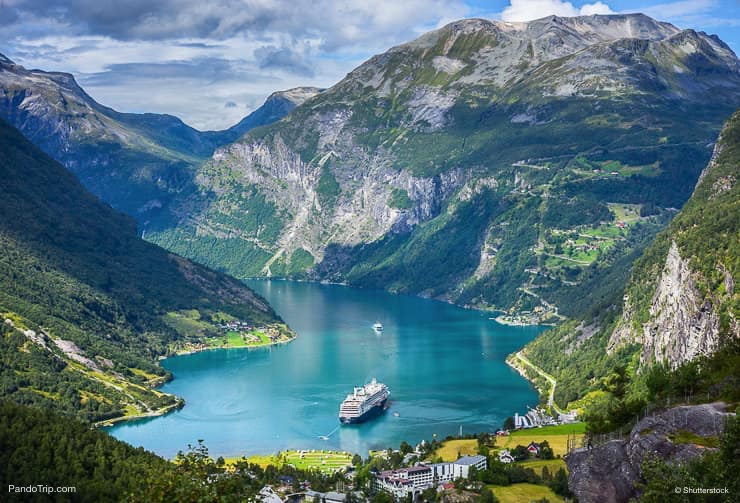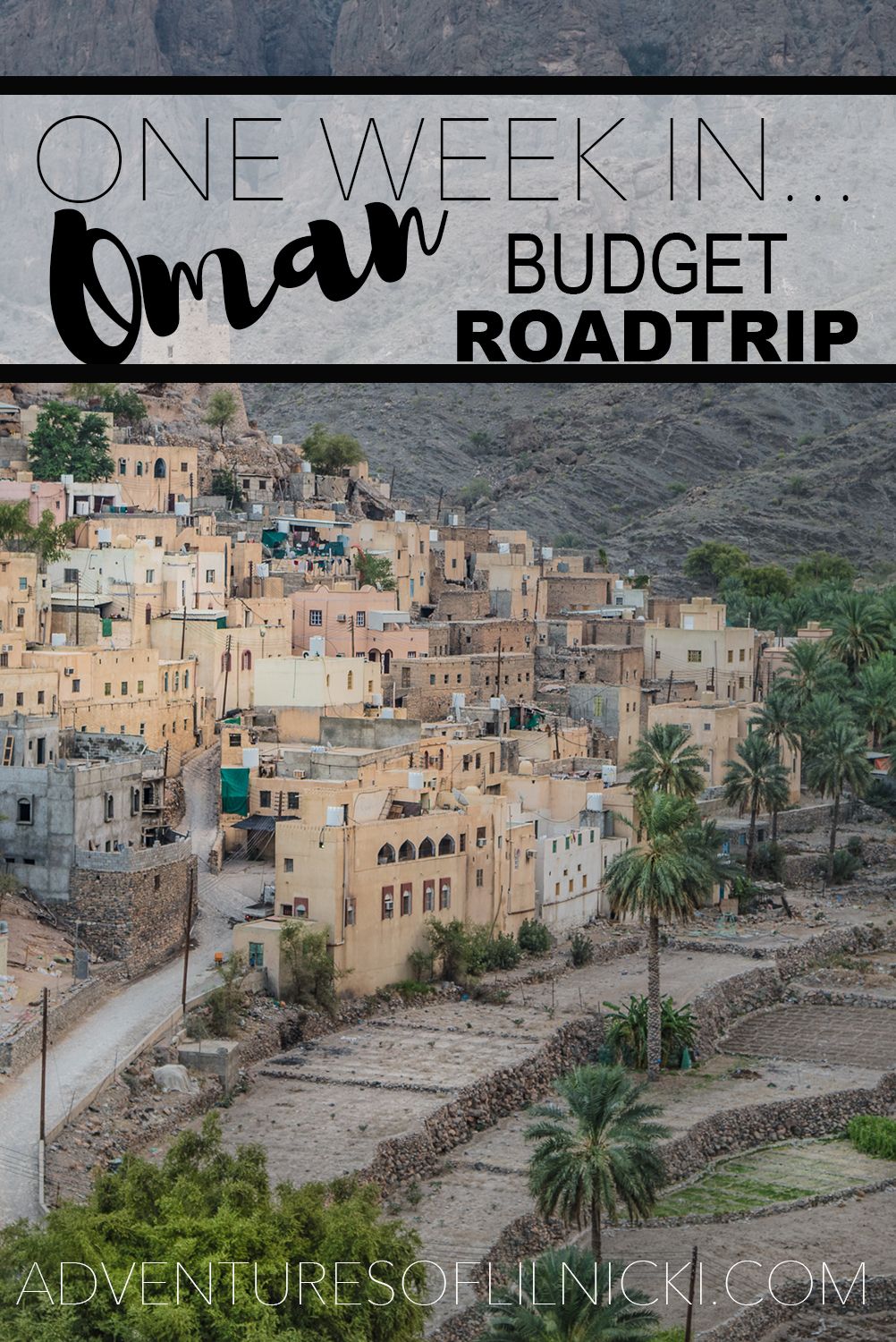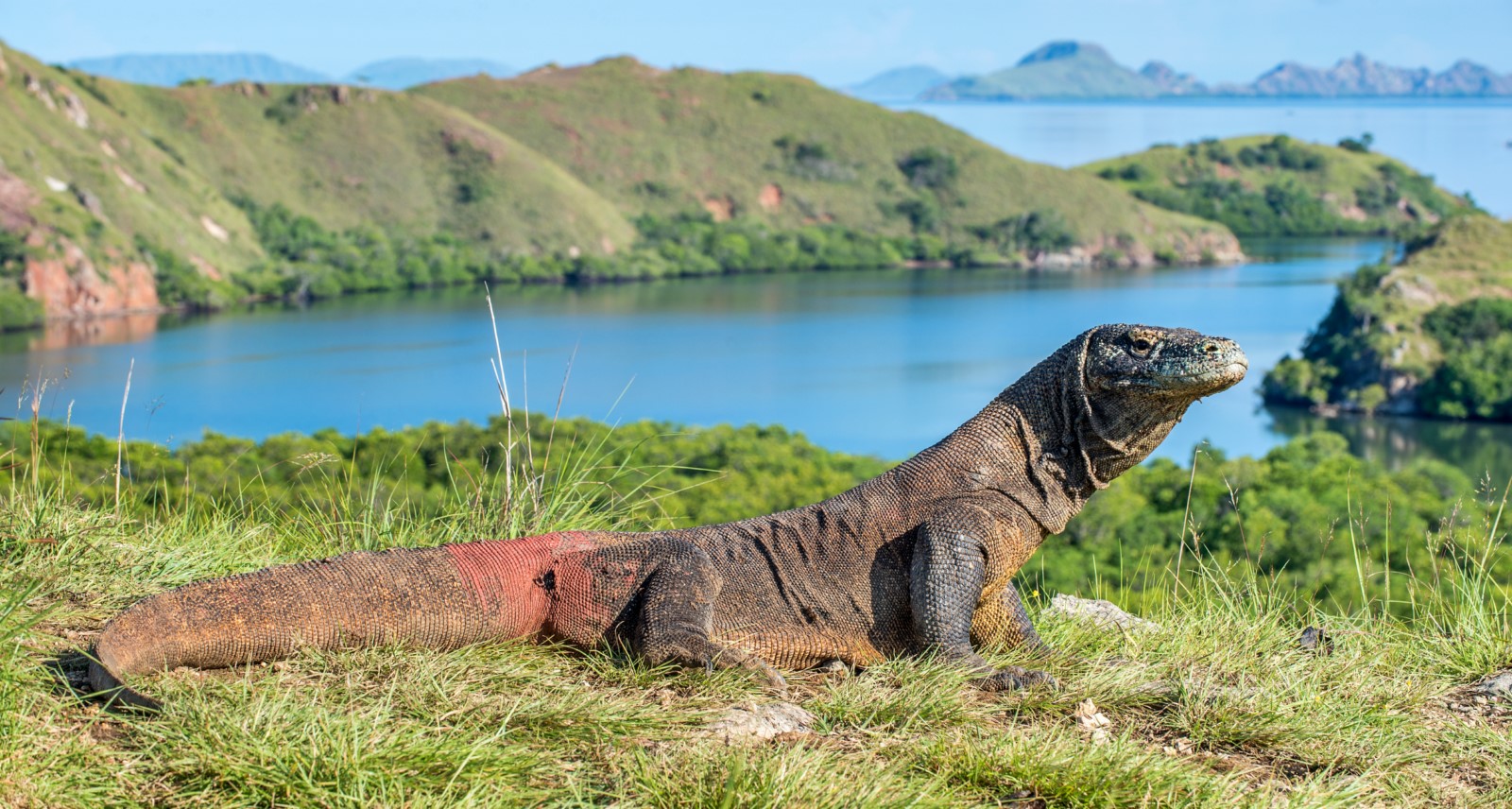
Imagine a land where ancient reptiles, the last of their kind, tread the earth with an almost mythical presence. Picture rugged islands sculpted by volcanic fire and lapped by turquoise waters teeming with vibrant marine life. This is Komodo National Park, a UNESCO World Heritage site and one of the planet’s most extraordinary natural wonders. Located in the Lesser Sunda Islands of Indonesia, this archipelago is a realm of raw beauty, a living testament to evolutionary marvels, and an unforgettable adventure for any intrepid traveler.
A Glimpse into the Past: The History of Komodo National Park
The story of Komodo National Park is intrinsically linked to the Komodo dragon, Varanus komodoensis, the world’s largest living lizard. For centuries, these formidable creatures were largely unknown to the outside world, their existence whispered in local folklore. It wasn’t until the early 20th century that Western explorers began to document their presence. In 1910, Lieutenant J.K.H. van Steyn, a Dutch colonial officer, is credited with the first recorded sighting and subsequent collection of a specimen, sparking scientific interest.
Related Articles about Where Dragons Roam: Unveiling the Majestic Komodo National Park:
- The Sands of Time and the Towers of Tomorrow: A Journey Through the Best Tourist Attractions in the United Arab Emirates
- Myanmar: A Journey Through Time, Culture, and Unforgettable Landscapes
- Venice: A Labyrinth of Dreams and Waterways
- Nairobi: A Vibrant Tapestry of History, Culture, and Adventure
- The Cotton Castle of Turkey: A Complete Guide to Pamukkale’s Thermal Pools
The need for conservation soon became apparent. Recognizing the unique ecological significance and the vulnerability of the Komodo dragon population, the Indonesian government established the Komodo National Park on March 6, 1980. Initially encompassing only the islands of Komodo and Rinca, the park’s boundaries were expanded over time to include Padar Island and several smaller surrounding islands, along with a marine conservation area. This designation was crucial in protecting not only the dragons but also the diverse ecosystems they inhabit, from savannas to coral reefs.
In 1991, Komodo National Park was inscribed as a UNESCO World Heritage site, acknowledging its outstanding universal value for its exceptional biodiversity and its unique geological and evolutionary processes. This recognition brought increased attention and resources for conservation efforts, solidifying its status as a global treasure. The park continues to be a focal point for scientific research, contributing to our understanding of these prehistoric reptiles and the delicate balance of their environment.
Main Attractions: Beyond the Dragon’s Lair
While the Komodo dragon is undeniably the star of the show, Komodo National Park offers a breathtaking array of attractions that cater to diverse interests, from wildlife enthusiasts to avid divers and hikers.
-
The Komodo Dragon Encounter: The primary draw, of course, is the chance to witness the magnificent Komodo dragon in its natural habitat. Guided tours are mandatory and led by experienced rangers who know the dragons’ habits and safe viewing distances. You can encounter them on Rinca Island, which boasts a higher concentration and is often the first stop for many visitors, and Komodo Island, the largest island in the park, offering a slightly more challenging but equally rewarding experience. These encounters are thrilling and humbling, offering a glimpse into a prehistoric world.
-
Padar Island’s Iconic Viewpoint: Prepare to be mesmerized by the panoramic vistas from Padar Island. A moderately challenging hike to its summit rewards you with an unforgettable sight: three distinct bays, each showcasing a different hue of sand – white, black, and pink. The contrasting colors against the azure waters and lush green hills create a postcard-perfect scene, making it one of the most photographed spots in the park.
-
Pink Beach (Pantai Merah): As alluded to by Padar Island’s vista, one of the most unique beaches in the park is Pink Beach. The rosy hue is a result of pulverized red coral fragments mixing with white sand, creating a surreal and beautiful landscape. It’s a fantastic spot for swimming, snorkeling, and simply soaking in the unusual beauty.
-
World-Class Diving and Snorkeling: The waters surrounding Komodo National Park are a diver’s and snorkeler’s paradise, boasting an incredible diversity of marine life. The convergence of the Indian and Pacific Oceans creates nutrient-rich waters that support vibrant coral reefs, schools of colorful fish, sea turtles, manta rays, and even whale sharks. Popular dive sites include:
- Manta Point: A cleaning station where majestic manta rays congregate, offering an unparalleled opportunity to swim alongside these gentle giants.
- Batu Bolong: A pinnacle teeming with marine life, renowned for its strong currents and abundant fish.
- Castle Rock: Another impressive pinnacle with excellent visibility and a chance to spot sharks and larger pelagic species.
- Siaba Besar: A calmer spot ideal for snorkeling and observing turtles.
-
Kanawa Island: A small, picturesque island known for its pristine beaches and excellent snorkeling opportunities right off the shore. It’s a perfect place to relax, swim, and enjoy the underwater world without the need for a boat trip.
-
Taka Makassar: A breathtakingly beautiful sandbar that emerges from the sea during low tide, creating a temporary, pristine island. It’s a surreal and idyllic spot for a picnic or a leisurely stroll.
-
Flying Foxes at Kalong Rinca: As dusk settles over Rinca Island, witness a spectacular natural phenomenon. Thousands of flying foxes (large fruit bats) emerge from their roosts, creating a mesmerizing spectacle as they take flight against the twilight sky.
Navigating Your Adventure: Travel Tips for Komodo National Park
A trip to Komodo National Park is an adventure that requires a bit of planning. Here are some essential tips to make your journey smooth and memorable:
- Book in Advance: Especially during peak season, it’s advisable to book your boat tours and accommodations in advance.
- Hire a Local Guide: For dragon encounters, guided tours are mandatory. Rangers are trained to ensure your safety and provide valuable insights into the dragons’ behavior and the park’s ecosystem.
- Stay Hydrated: The climate is tropical and can be hot and humid. Carry plenty of water and drink regularly.
- Sun Protection: Sunscreen, hats, and sunglasses are essential. The sun can be intense, especially on the open water.
- Insect Repellent: Mosquitoes are present, so bring insect repellent, particularly for evenings.
- Respect the Wildlife: Maintain a safe distance from the Komodo dragons and other animals. Do not feed them or try to touch them.
- Leave No Trace: Komodo National Park is a protected area. Pack out everything you pack in, including all trash.
- Wear Appropriate Footwear: Sturdy walking shoes are recommended for hikes on Padar Island and for exploring the islands where dragons are found.
- Cash is King: While some larger establishments might accept cards, it’s best to carry enough cash (Indonesian Rupiah) for smaller purchases, tips, and entrance fees.
- Travel Insurance: It’s always wise to have travel insurance that covers medical emergencies and trip cancellations.
- Respect Local Culture: Dress modestly when visiting local villages or interacting with communities.
When to Embark on Your Dragon Quest: Best Time to Visit
The best time to visit Komodo National Park is generally during the dry season, which runs from April to December. During these months, you can expect:
- Pleasant Weather: Lower humidity and less rainfall make for more comfortable exploration and outdoor activities.
- Calmer Seas: This is ideal for boat trips, diving, and snorkeling, as the waters are typically calmer and clearer.
- Easier Wildlife Sightings: The drier conditions can make it easier to spot Komodo dragons as they often bask in open areas.
The wet season, from January to March, can bring heavier rainfall and rougher seas. While still possible to visit, tours might be subject to cancellation due to weather conditions, and visibility for diving could be reduced. However, the wet season offers lush greenery and fewer crowds, which can be appealing to some travelers.
Where to Rest Your Head: Nearby Hotels and Accommodations
The primary gateway to Komodo National Park is the town of Labuan Bajo on Flores Island. Labuan Bajo offers a range of accommodation options to suit different budgets and preferences.
-
Luxury Resorts: For those seeking indulgence, Labuan Bajo has several upscale resorts offering stunning ocean views, infinity pools, and top-notch amenities. Examples include Plataran Komodo Beach Resort, AYANA Komodo Waecicu Beach, and Sudamala Resort, Seraya.
-
Mid-Range Hotels: A wide selection of comfortable mid-range hotels and guesthouses are available, providing good value for money. These often feature pleasant rooms, on-site restaurants, and friendly service.
-
Budget-Friendly Guesthouses and Hostels: Backpackers and budget travelers will find numerous guesthouses and hostels offering basic but clean accommodations. These are great options for meeting fellow travelers and saving money.
-
Liveaboard Boats: For an immersive experience, consider a liveaboard boat trip. These range from multi-day excursions that allow you to explore the park at your own pace, sleep on deck under the stars, and wake up to pristine views. This is an excellent way to maximize your time in the park and access remote diving and snorkeling spots.
A Taste of Flores: Local Food to Savor
The culinary scene in Labuan Bajo and Flores offers a delightful introduction to Indonesian flavors with a local twist. Fresh seafood is, unsurprisingly, a highlight.
- Freshly Grilled Fish: You’ll find an abundance of freshly caught fish, often grilled to perfection and served with rice and local sambal (chili paste).
- Seafood Platters: Indulge in a variety of seafood, including prawns, squid, and lobster, prepared in various delicious ways.
- Nasi Goreng and Mie Goreng: These classic Indonesian fried rice and fried noodle dishes are staples and are always a satisfying choice.
- Local Coffee: Flores is known for its excellent coffee. Enjoy a cup of locally grown Arabica or Robusta coffee.
- Sop Buntut (Oxtail Soup): A hearty and flavorful soup that is a popular Indonesian comfort food.
- Ayam Goreng (Fried Chicken): Crispy and flavorful fried chicken, a universally loved dish.
Many restaurants in Labuan Bajo offer stunning sunset views, making your dining experience even more memorable. Don’t hesitate to ask locals for their recommendations for the best authentic dishes.
Getting There and Around: Transportation Options
Reaching and navigating Komodo National Park involves a few steps:
-
By Air: The most common way to get to Labuan Bajo is by flying into Komodo Airport (LBJ). Several domestic airlines operate flights from major Indonesian cities like Jakarta, Bali (Denpasar), Surabaya, and Lombok. Bali is the most frequent departure point.
-
Getting to Labuan Bajo: Once you land at Komodo Airport, you can take a taxi or a pre-booked shuttle to your accommodation in Labuan Bajo. The airport is a short drive from the town center.
-
Exploring the Park: The primary mode of transportation for exploring Komodo National Park is by boat. You have several options:
- Day Tours: Many tour operators in Labuan Bajo offer day trips to various islands within the park, typically including dragon sightings, snorkeling stops, and visits to Padar Island.
- Multi-Day Boat Trips/Liveaboards: These are highly recommended for a more comprehensive experience. You can charter a private boat or join a shared liveaboard trip, which allows you to explore more remote locations and spend more time diving and snorkeling.
- Private Charters: If you prefer flexibility and a personalized itinerary, you can charter a private boat for your group.
-
Getting Around Labuan Bajo: The town of Labuan Bajo itself is relatively small and walkable. You can also hire a motorbike or a car with a driver for exploring the surrounding areas of Flores.
A Journey to the Land of Dragons Awaits
Komodo National Park is more than just a destination; it’s an immersion into a prehistoric world, a celebration of nature’s raw power, and a testament to the importance of conservation. From the awe-inspiring presence of the Komodo dragon to the vibrant underwater realms and the breathtaking landscapes, this Indonesian archipelago offers an adventure that will linger in your memory long after you’ve departed. So, pack your bags, embrace the spirit of exploration, and prepare to be captivated by the magic of Komodo.


